Do Repellents Work Against Flying Squirrels?
The idea of just applying a repellent – and voila, the flying squirrels are gone – sounds so appealing. Little wonder the market is flushed with countless types of repellents that claim to hold the ultimate key for getting rid of these nuisance pests from your attic. The bitter
reality is that they do NOT work – at least, not as much as you’ve been led to believe.
Why don’t repellents work? Because they all fail to address the root of the problem. As long as your attic provides them with a cozy shelter to live or raise their kits, they will put up with whatever discomfort the repellent causes.
Here are some common repellents:
Mothballs and Ammonia
These repellents indeed give off an irritating odor, however, flying squirrels are willing to endure the smell if your attic is cozy. Another problem with mothballs is that a wrong combination of ingredients can be toxic. And if these animals die in your attic, you have to deal with the smell and removal of the decaying carcasses.
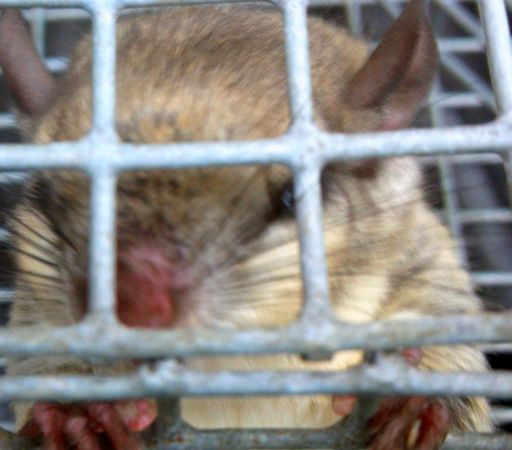
Ultrasonic Devices
These devices are designed to emit a high-frequency noise that causes discomfort for flying squirrels. However, after some days, these intelligent creatures learn that there’s no danger associated with the noise so they just get on with their lives.
Light Repellents and Radio
Like any other wild animal, flying squirrels do not like interacting with humans. Therefore, having a running radio or light machine might signal that a human is coming. This will surely send them scampering away. However, these electronic devices have a running cost associated with them, making them unsustainable in the long run.
A Better Approach
The best option to deal with flying squirrels is to prevent them from accessing the attic. This helps to address the underlying problem.
First, identify all the entry holes these creatures are using to get inside the attic. Since they’re small animals, take note of even the tiniest of holes.
Thereafter, seal the holes with a strong material so they cannot chew their way back in. Make sure that there are no flying squirrels trapped in your attic while sealing the holes. A trapped flying squirrel will eventually die of dehydration and you’d have to deal with the carcass.
If there are flying squirrels in your attic, you can make use of an exclusion device or repeater trap to get rid of them.
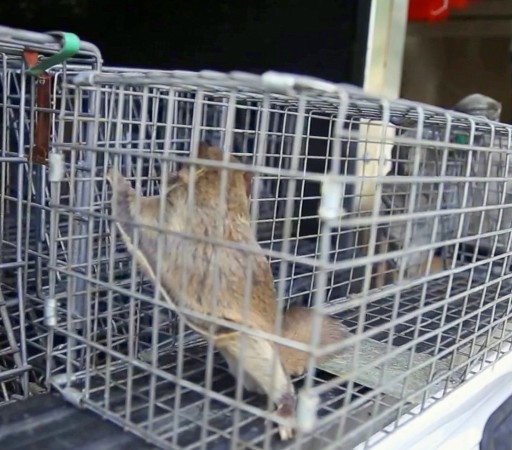
Exclusion devices allow them to leave the attic but prevent them from getting back in. On the other hand, repeater traps can be used to capture them, after which they can be relocated.
Also, ensure that you trim all tree branches extending to your roof as they can help flying squirrels get in.
Conclusion
Flying squirrels are notorious for the damage they can cause in attics. However, repellents aren’t effective to deal with them. Instead, the focus should be on preventing them from gaining access to your attic and even your property. This will result in a more long-term solution.
Select Your Animal

Raccoons
Raccoon Removal Information & How-To Tips

Squirrel
Squirrel Removal Information & How-To Tips
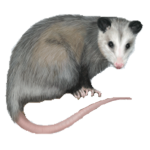
Opossum
Opossum Removal Information & How-To Tips
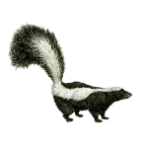
Skunks
Skunks Removal Information & How-To Tips
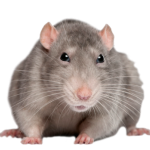
Rats
Rat Removal Information & How-To Tips
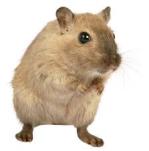
Mouse
Mouse Removal Information & How-To Tips
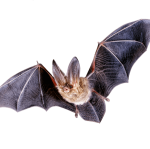
Bat
Bat Removal Information & How-To Tips

Bird
Bird Removal Information & How-To Tips
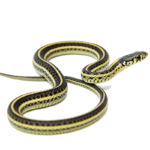
Snake
Snake Removal Information & How-To Tips
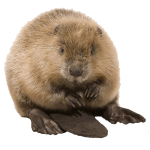
Beaver
Beaver Removal Information & How-To Tips
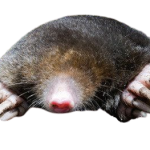
Mole
Mole Removal Information & How-To Tips
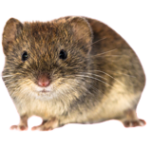
Vole
Vole Removal Information & How-To Tips

Gopher
Gopher Removal Information & How-To Tips
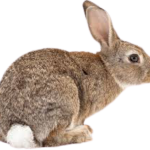
Rabbit
Rabbit Removal Information & How-To Tips

Woodchuck
Woodchuck Removal Information & How-To Tips
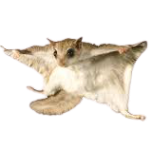
Flying Squirrel
Flying Squirrel Removal Information & How-To Tips
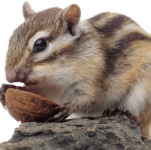
Chipmunk
Chipmunk Removal Information & How-To Tips

Coyote
Coyote Removal Information & How-To Tips

Fox
Fox Removal Information & How-To Tips

Wild Hog
Wild Hog Removal Information & How-To Tips
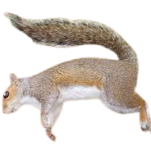
Dead Animal
Dead Animal Removal Information & How-To Tips